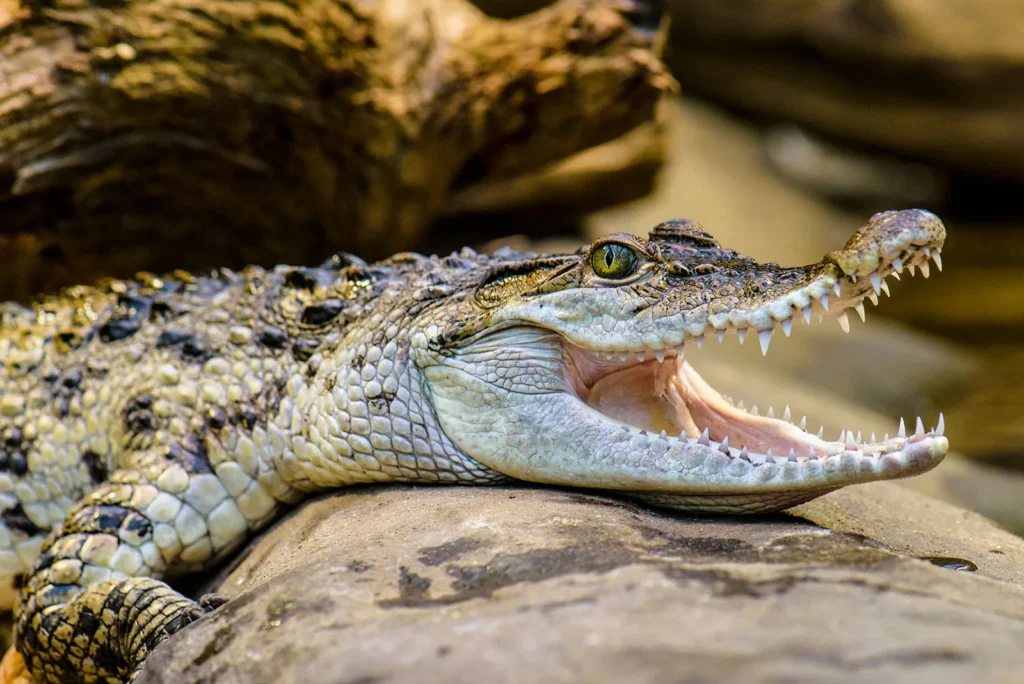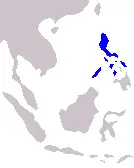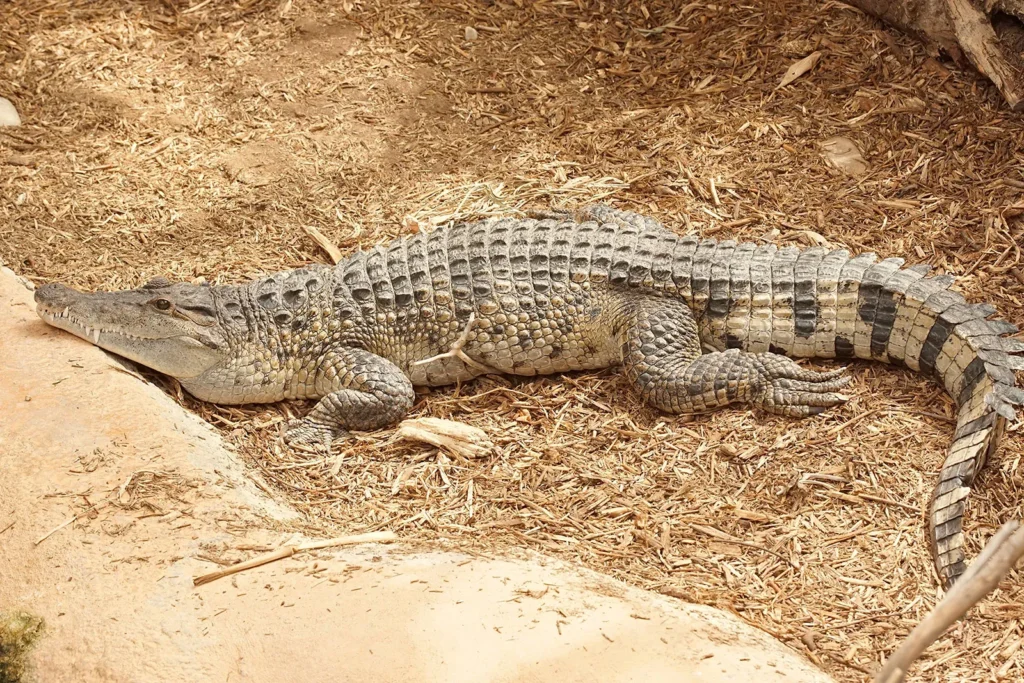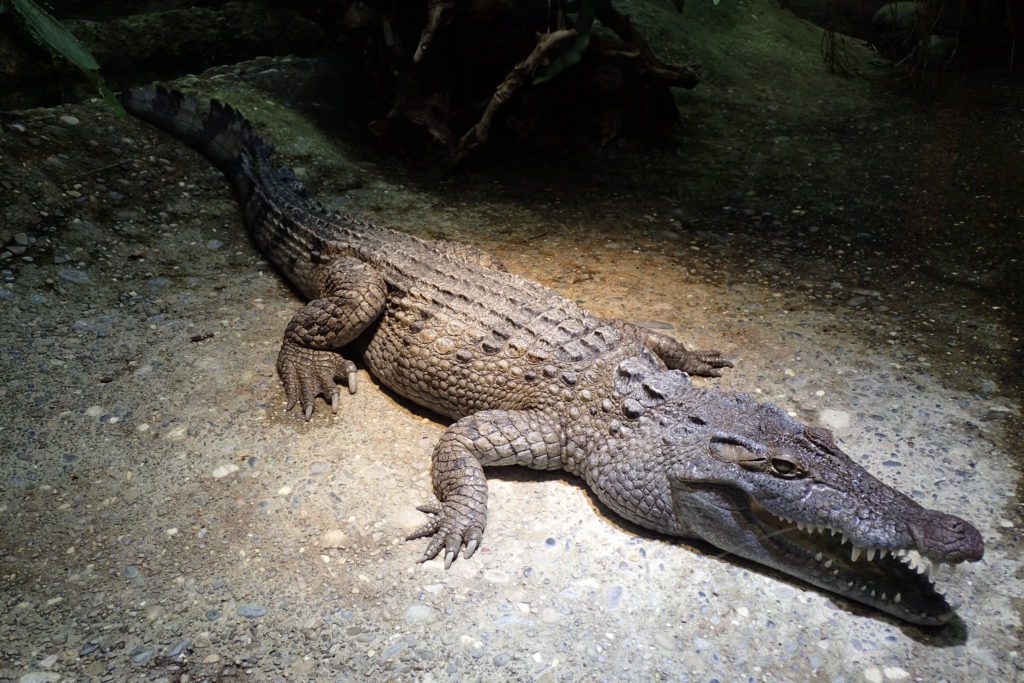Crocodile of the Philippines (Crocodylus mindorensis) – one of the rarest crocodiles in the world and the only species that lives exclusively in the Philippines. This small but aggressive predator is threatened with extinction due to environmental destruction, poaching and low reproductive capacity.
Unlike your close relative – sea (crested) crocodile (Crocodylus porosus), which also lives in the Philippines, the Philippine crocodile prefers fresh water and it does not pose a serious threat to humans.
In this article, we will take a closer look at appearance, behavior, habitat, food habits, threats to the population and interesting facts about this unique reptile.

Scientific classification
🔬 Classification of the Philippine crocodile:
✔ The Kingdom: Animals (Animalia)
✔ Type: Chordal (Chordata)
✔ Class: Reptiles (Reptilia)
✔ Row: Crocodile-like (Crocodylia)
✔ Family: Crocodile trees (Crocodylidae)
✔ Gender: Crocodiles (Crocodylus)
✔ View: Crocodile of the Philippines (Crocodylus mindorensis)
📌 Interesting!
By the 1980s, the Philippine crocodile was considered a subspecies New Guinea crocodile (Crocodylus novaeguineae)but more recent research has confirmed it uniqueness at the genetic level.
Appearance and features
💠 Description of the Philippine crocodile:
• Sizes: It is considered one of the the world's smallest crocodiles - adults rarely exceed 1.5-2 m in length.
• Weight: On average 15-40 kglarge males can weigh up to 80 kg.
• Colour: Golden brown or dark olive with specific features black spots on the body.
• Muzzle shape: Short and wide, which allows it to grab your prey tightly.
• Scales: It has distinct bone plates on the back, which protect against attacks from other predators.
📌 Interesting!
Unlike the crested crocodile, which can grow up to 7 m, philippine crocodile does not exceed 2 m.

Habitat range
🌍 Where does the Philippine crocodile live?
* Endemic to the Philippines-its natural range is limited the islands of Luzon, Mindoro, Mindanao and Dinagat.
* Inhabits freshwater environments - swamps, rivers, lakes, streams.
* It is not found in brackish water, which distinguishes it from the crested crocodile.
📌 Interesting!
Previously, this species was distributed throughout the archipelago, but today there are less than 250 adults left in the wild.

Behavior and lifestyle
🔹 Territoriality and aggressiveness
* Philippine crocodile less aggressive than combedbut still there is a territorial predator.
* Males protect their water bodies from competitors and even attack humans if they feel threatened.
🔹 Hunting and nutrition
* Powered by fish, crabs, frogs, small mammals, and aquatic birds.
• Hunting methods:
✅ Ambush in the water - stealthily approaching prey.
✅ Quick Throw - attacks with lightning speed, using strong jaws.
✅ Reverse maneuver - when hunting for larger prey, it applies "death turn" (death roll).
📌 Interesting!
Unlike most crocodiles, it is it doesn't often attack large animals, since it is relatively small.
Reproduction and development
💡 How does the Philippine crocodile breed?
* Mating season continues January to May.
* The female builds nest of plants and soilby placing it near water.
* Masonry contains 7-20 eggs, which are incubated for about 85 days.
* After hatching, the mother protects the young from predators.
📌 Interesting!
Nest temperature determines the sex of baby crocodiles: a lower temperature contributes to the appearance of females, a higher temperature contributes to the appearance of males.

Threats to the species and their protected status
⚠ What threatens the Philippine crocodile?
• Destruction of natural reservoirs through agriculture.
• Catch for food and illegal sale on the black market.
• Fear of local residentswho find him dangerous and kill him when they see him.
🛡 Security status:
✅ It is on the verge of extinction (CR) according to the IUCN classification.
✅ There is a government protection program in the Philippines.
✅ Artificial breeding and reintroduction are conducted in zoos.
📌 Interesting!
Thanks to the efforts of conservationists the captive population has increased, but fewer than 250 individuals remain in the wild.
Conclusion
Philippine Crocodile – the rarest freshwater crocodile in the world, which is it is characterized by its small size, quiet character and unique habitat.
However, due to poaching, destruction of natural reservoirs, and low population this view it was on the verge of extinction.
💡 Conservation of the Philippine crocodile is an important step towards protecting the unique fauna of the Philippines.
